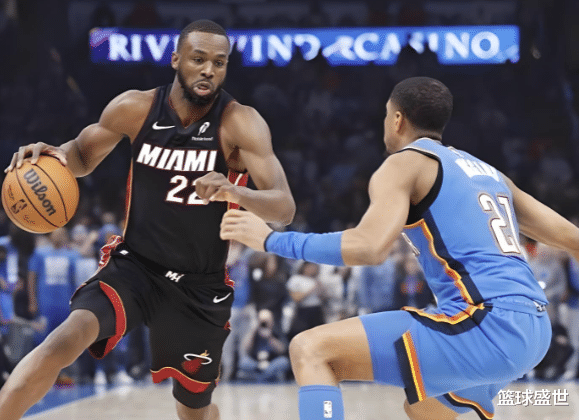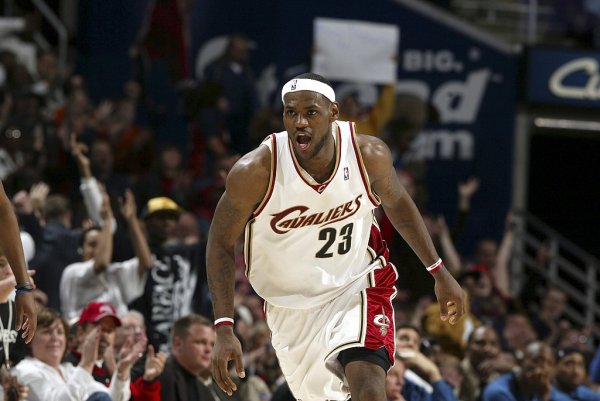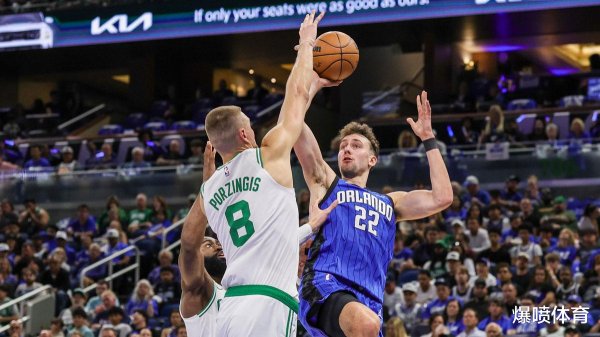HOME > Basketball
The future leader! What level is Hax at the beginning?
3:47pm, 17 November 2025【Basketball】
Averaging 30.2 minutes per game, averaging 17.5 points, 7.3 rebounds, 5.2 assists, 0.7 steals and 0.3 blocks per game;
shooting rate is 53.3%, three-point shooting rate is 20%, and free throw shooting rate is 77.8%.
This is the report card that Jaime Hux Jr. has handed over so far this season. As a No. 18 pick in the first round, this data sheet is already quite outstanding.

But this is not surprising. Hux showed potential as early as his rookie year, but in the highly anticipated second year, he encountered a rookie wall period.
The average data per game dropped to 8.6 points, 4.4 rebounds and 2.5 assists, and the three field goal percentages reached 46.1%+31.1%+75.4%.
Compared to his rookie year, Harks began to be focused on by his opponents after his amazing performance. However, his shortcomings in outside shooting have never been overcome, and his organizational potential is gradually declining. But surprisingly, with the major adjustments to the Heat's offensive system in the new season, the newcomer who encountered fluctuations ushered in a breakthrough and became the Heat's most reliable substitute scoring point.
Regarding the past Huskers, he has always lacked outside shooting ability in the past two years, with three-point shooting percentages of 32.2% and 31.1% respectively. Inefficient long-range shots also significantly slowed down his offensive efficiency.

Judging from most of the comments last season, many media have questioned that without stable long-range shooting ability, his NBA prospects will become increasingly difficult.
Judging from the data performance this season, his three-point shooting percentage did not rise but dropped, and even plummeted to less than 30%, setting a new career low. What is surprising is that his scoring efficiency did not drop but rose.
To explain the rise of Harks, we must first understand the reshuffle of the Heat's offensive system this season.
Without Butler, the Heat abandoned the slow-paced offensive system of the past few years, which revolved around pick-and-roll handoffs, and transformed it into a system centered on space and speed. While strengthening the transfer of strong and weak sides, it also greatly increased the frequency of breakthroughs, creating more free offensive options for players and opportunities to tear apart the defense.
After the team's offensive space is liberated, it is naturally a more suitable offensive environment for Harks, who is good at off-ball breakthroughs and emergency stop jumpers as his main offensive methods.

Whether it is a half-court position battle or a full-court counterattack and fast break, the Huskers can use the open space to find opportunities, increase the chances of cutting without the ball, directly attack outside the frame, and start to rely more on footwork changes to complete inside finishes. The active confrontational style of play also frequently allows him to get free throw opportunities. This season, he averaged 3.2 free throws per game, significantly exceeding the 2.2 last season, reaching a new high level in his career.
The space advantage under the new system has been maximized. Both the scoring hit rate and the scoring distribution are more stable than before, and the breakthrough shooting rate is as high as 85.7%. He has officially entered the league's top backcourt echelon, and also allowed Spoelstra to dare to take the initiative in the game when facing the remaining Heat.
Based on the game data, so far this season, Harks' personal usage rate has reached a career high of 22.8%, and his playing time has entered the 30-minute threshold; his average assists of 5.2 times per game have significantly doubled compared to last season. This factor is mainly due to his breakthrough threat, and his decision-making ability after attracting double teams has also improved.

The Heat's space system relies heavily on the breakthrough of the ball holder, attracting help and then executing the offensive rotation. Harks' breakthrough is not a simple personal attack. He is also able to read outside lines, baselines and air-cutting opportunities, and his timing of passing has gradually matured, which in turn revitalized this role lineup.
After improving his offensive ability, Harks this season is obviously more able to judge the game situation calmly than before. His offensive error rate has also dropped to the lowest level in his career. On the contrary, he has been double-teamed the most on the team.
Of course, Hux's rise is also due to Hiero's injury to some extent. After the subsequent lineup is completed, his role may also undergo new adjustments.

It's just that as the Heat's style of play further favors a fast-paced pass-and-cut mode, wings like Harks, who can attack both without and with the ball, are already a jack-of-all-trades, and their role in the team will be more important in the future.
Looking to the long-term future, Harks still has goals. How to adapt to the stronger attacks of opponents in the future and maintain offensive aggression under high intensity is also the key to him becoming the core of the team in the future.
From personal statistics to game aura, Harks has achieved a comprehensive transformation. For Harks, in his third year, he is no longer just a fledgling rookie, but whether he can play a good role as the core scorer in the team's transitional stage, and even help the Heat achieve a playoff breakthrough in the chaotic Eastern Conference.

This is also the focus that should be most focused on in the future for Hukes.
Related Posts
- A 16-point reversal and a 3-game winning streak! With Banqueiro absent, Xiaowa scored 25+6+5 and scored key three-pointers in a row.
- Tyron Lu talks about superstar breakup: If Irving has not left the team, I think James will stay with the Cavaliers
- American News: The Lakers are expected to maintain their current lineup and enter training camp. They look forward to Vincent & Kleber s performance
- Stockton: NBA s current style is weak; they are all jumpers, players love load management; their salary is still high
- The Rockets have signed 4 players in a row, the Clippers finally take action, and the Warriors target appears
- Morant bid farewell to Bain: 5 years of brotherhood breaking, muscle shooter shoots magic to change the Eastern Conference pattern
- More than the third brother! Homgren becomes the X factor?
- Funny, Brunson was named the 2025 NBA Playoffs Best Offensive Player and Worst Defensive Player
- Why can t the Los Angeles Clippers win the NBA championship?
- Reporter: Harden gave up calling the pick-and-roll at the last moment and had to go one-on-one to grab the transition. The situation made him dream of returning to the Rockets.
Hot Posts
- A 16-point reversal and a 3-game winning streak! With Banqueiro absent, Xiaowa scored 25+6+5 and scored key three-pointers in a row.
- Tyron Lu talks about superstar breakup: If Irving has not left the team, I think James will stay with the Cavaliers
- American News: The Lakers are expected to maintain their current lineup and enter training camp. They look forward to Vincent & Kleber s performance
- Stockton: NBA s current style is weak; they are all jumpers, players love load management; their salary is still high
Recommend

Ray: Whenever Westbrook holds the ball, Nuggets fans will sigh loudly and boo.

Mitchell: It turns out that the Pacers have such fierce firepower! Halliburton: Letters, you are not wronged to lose!

Tielin: Zhan looked like a rock star at 1.0, but the social media brought the distance closer, and people started to scold him instead

After being cut by the Jazz, they quickly joined the Pelicans, but the first-round pick of the top 76ers can only get a non-guaranteed contract

Harden s first double-season in the NBA

In-depth analysis: Banchero and Wagner are expected to lead the team to rise quickly after the Magic loses to the Celtics

Scored 3 points on 1-for-6! Refused to renew his contract with the Rockets. Fortunately, Stone didn t get involved. Ethan couldn t get 122 million.

Alexander and Javi scored 377 points in the finals, second only to James Irving in 2016